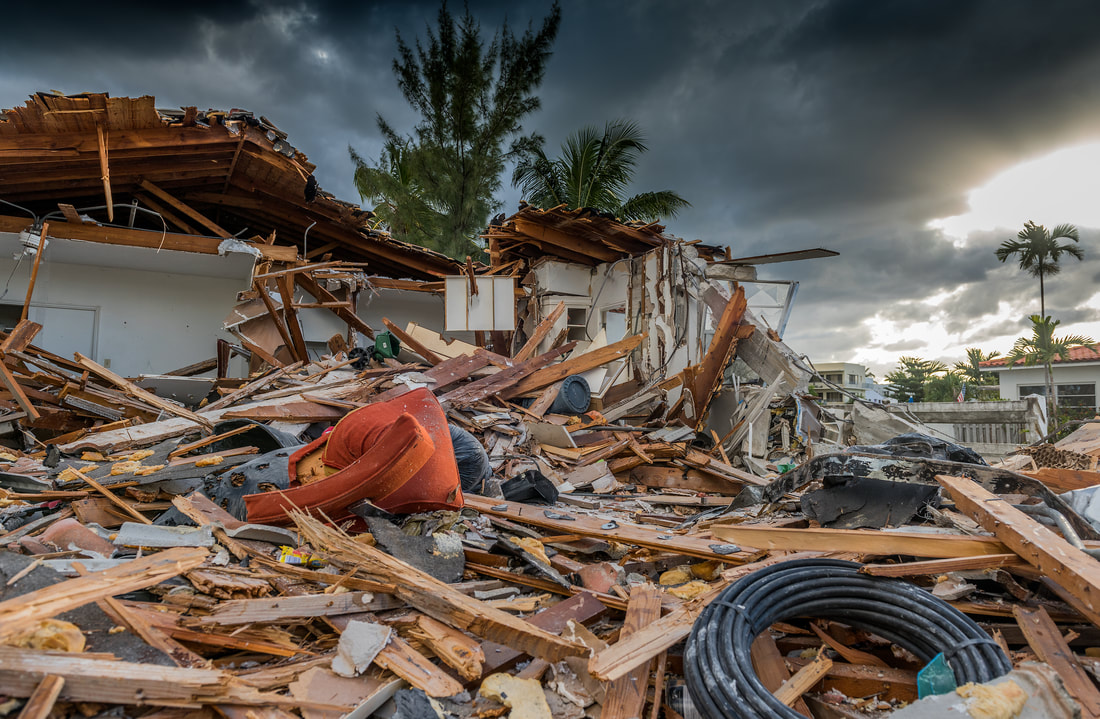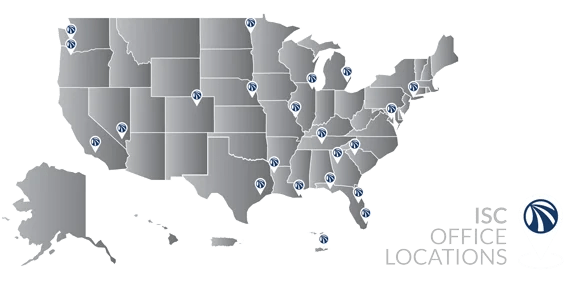INNOVATIONS, IDEAS, & INSIGHTS
About the Blog
ISC experts share their thoughts on current innovation, insights, and thought leadership on important industry topics and corporate responsibility.
Archives
October 2021
September 2021
June 2021
May 2021
April 2021
February 2021
January 2021
December 2020
November 2020
October 2020
August 2020
July 2020
May 2020
April 2020
March 2020
February 2020
January 2020
Categories
20 IMPORTANT ACTIONS FOR COMMUNITY DISASTER RECOVERY SUCCESS
09/25/2022
20 IMPORTANT ACTIONS FOR COMMUNITY DISASTER RECOVERY SUCCESS
5/12/2021

Daniel Martin, Ph.D., CEM, President of ISC

Daniel Martin, Ph.D., CEM, President of ISC
As Tropical Storm Ian threatens communities in the Gulf, we at Integrated Solutions Consulting wanted to share twenty disaster recovery actions your community can take before and after a storm.
About the Blog
ISC experts share their thoughts on current innovation, insights, and thought leadership on important industry topics and corporate responsibility.
These actions are supported by our expertise and over 25 years of helping communities not only maximize Federal disaster assistance funding but also spearhead community disaster recovery success and rebuild a resilient future.
20 Important Actions for Community Disaster Recovery Success
Archives
Phase 1 – Before the Storm
- Prepare disaster-specific cost codes to document expenditures.
- Create administrative cost procedures to ensure FEMA reimbursement.
- Establish pre-disaster contracts for debris removal and monitoring.
- Establish governance procedures to make important disaster recovery decisions
Phase 2 – Landfall

- Gather all your policies such as insurance, pay policy, contractor and vendor contracts, and procurement policy and upload into the FEMA Grants portal.
- Document donated/volunteered resources to offset local share.
- Ensure all emergency contracts are properly procured per C.F.R. §§ 200.317 – 200.326.
- Thoroughly track debris removal activities to expedite funding. Utilize Disaster Grant Management software to keep your debris costs organized.
Phase 3 – Assessing Damages
- Activate disaster recovery operations immediately.
- Thoroughly document all disaster related damages. Damage assessment software can help your assessment teams coordinate damage reporting and serve as a central repository for your FEMA and insurance claims.
- Systematically organize your disaster documentation with the latest disaster grant management software.
- Make use of Unmanned Aerial Vehicles (UAVs or Drones) to assess and document damages.
Phase 4 – Managing Disaster Assistance Funding & Community Recovery
- Remember, FEMA’s Grant Portal and state grant management systems are designed for their use and reporting. Make sure you thoroughly understand their pros and cons.
- Utilize disaster grant management software to track and manage disaster assistance funds.
- Engage the whole community and unite community stakeholders throughout the disaster recovery process.
- Identify a Champion to lead the community’s disaster recovery efforts.
Phase 5 – Disaster Recovery Closeout
- Ensure that all supporting and backup documentation for disaster assistance grant funding is well organized.
- Use a cloud-based knowledge/content management software to store all supporting and backup documentation in an electronic format.
- Promote and celebrate the community’s disaster recovery progress.
- Sustain community resiliency for future generations by memorializing the event

